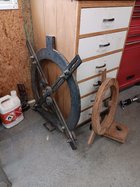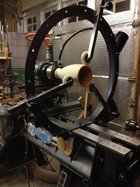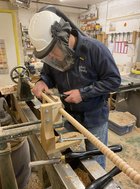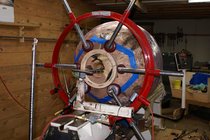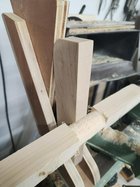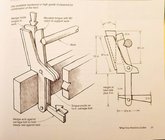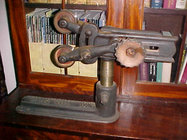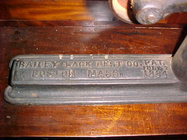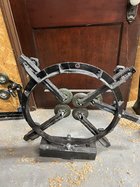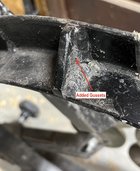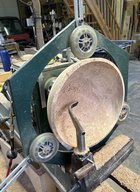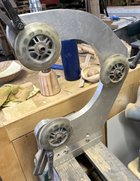Like all tools, a steady-rest is worthless unless you need it. And if you need it, what do you need it for?
If for finials and chair legs/spindles, I would think a well-designed baltic birch would serve well. Richard Findley's steady is clearly optimum for the task.
If for small pieces, plywood might still be adequate - never used a small steady-rest and never do small work requiring one
For larger works, steel is probably best. Problem with rolling your own is that you have to live with the results, even if not that good, and the cost can easily approach a commercial "known quantity"
If you're focus is large works, take a look at Clark I have used and recommended the Clark steady-rest for years now. We put a lot of emphasis on heavy lathes - shouldn't the steady-rest be compatible with the lathe?

